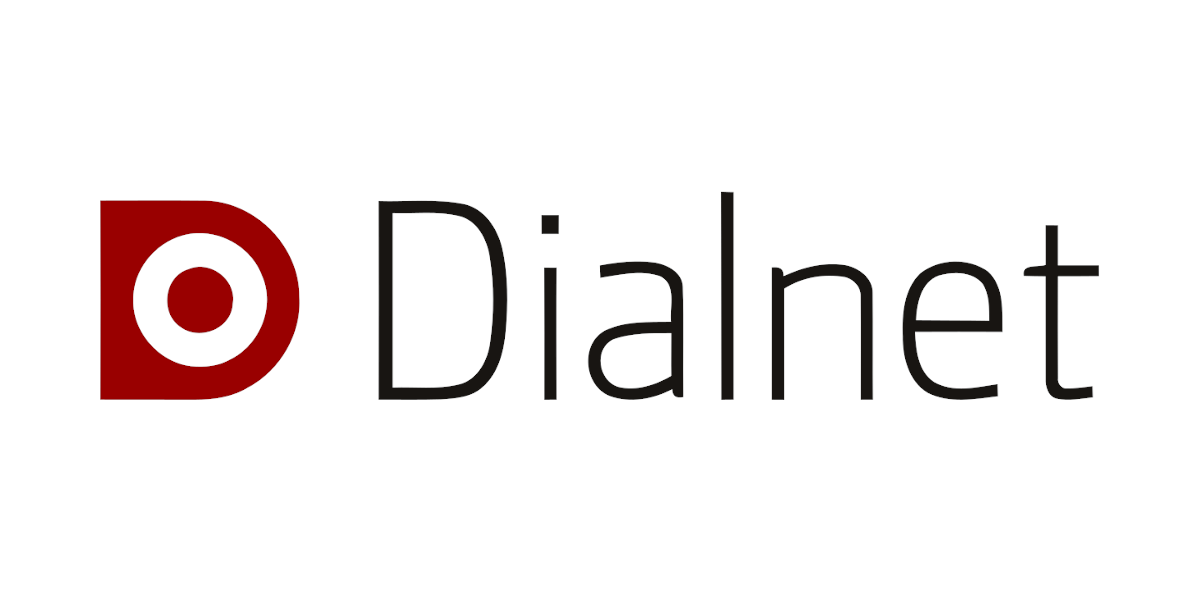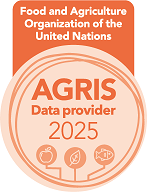Inclusión de cáscara de cebolla en la dieta de pollos de engorde
Efecto sobre el rendimiento del crecimiento
Palabras clave:
Consumo de alimento, Crecimiento, Piel de cebollaResumen
The inclusion of natural bioactive compounds such as phenols in poultry diets improves their productive performance, effects mainly related to the antioxidant capacity of these substances (Omar et al., 2020). Onion peel (OP) is a high-volume residue in the horticultural sector and is characterized by a high content of flavonoids, mainly quercetin (table 1). The exploitation of this type of interesting compounds, which could improve the productive performance of meat birds, is of great importance. In this sense, this work aims to study the effect of flavonoids from onion peel (Allium cepa L.), produced in the country, incorporated in the diet of meat birds on productive parameters final live weight (LWf), consumption, daily gain (DG) and feed conversion efficiency (FCE). Ninety-six male broilers (Ross 308) raised on rice hulls in a controlled humidity, temperature and light environment at the Poultry Experimental Unit of the Faculty of Agronomy were used. At 21 days of age, 4 groups were established (8 cages × 3 birds; n=24/treatment). Treatments: C. Maize-soybean based diet; T1. Control + 1 % OP; T2. Control + 2 % OP; T3. Control + 4 % OP. The experiment was terminated on day 43. Individual animals were weighed weekly, consumption was measured from a known amount of feed and rejects were weighed daily, DG live weight (final weight - initial weight/days of experiment); FC (feed consumption (kg)/weight gain (kg). One-way analysis of variance (ANOVA) with fixed effects of diet, post hoc Tukey-Kramer test with P<0.05 was performed. LWf (g/bird) was 3222.75, 3282.46, 3220.08, 3016.33 for C, T1, T2 and T3 respectively; intake for 21-43 days (g/bird) was 3196.25, 3211.58, 3259.12 and 3184.75 for C, T1, T2 and T3 respectively. There were no significant differences between the diets for these production parameters, but there were significant differences for DG, where a lower DG for the experimental period (g/bird) was observed in T3 (P<0.001; 2113.63) with respect to DG C, T1 and T2, which were 2316.17, 2379.92 and 2307.96 respectively, which would indicate a limit to the inclusion of OP, highlighting that even so this lower gain did not statistically affect the LWf. There were no significant differences in the FC, which was 1.43 on average for all the diets. In conclusion, the inclusion of OP in broiler diet may obtain adequate final weight and food conversion efficiency with a limit of inclusion of 4 %.
Descargas
Publicado
Cómo citar
Número
Sección
Licencia
Derechos de autor 2025 Sociedad de Medicina Veterinaria del Uruguay-Facultad de Veterinaria, Universidad de la República

Esta obra está bajo una licencia internacional Creative Commons Atribución 4.0.











